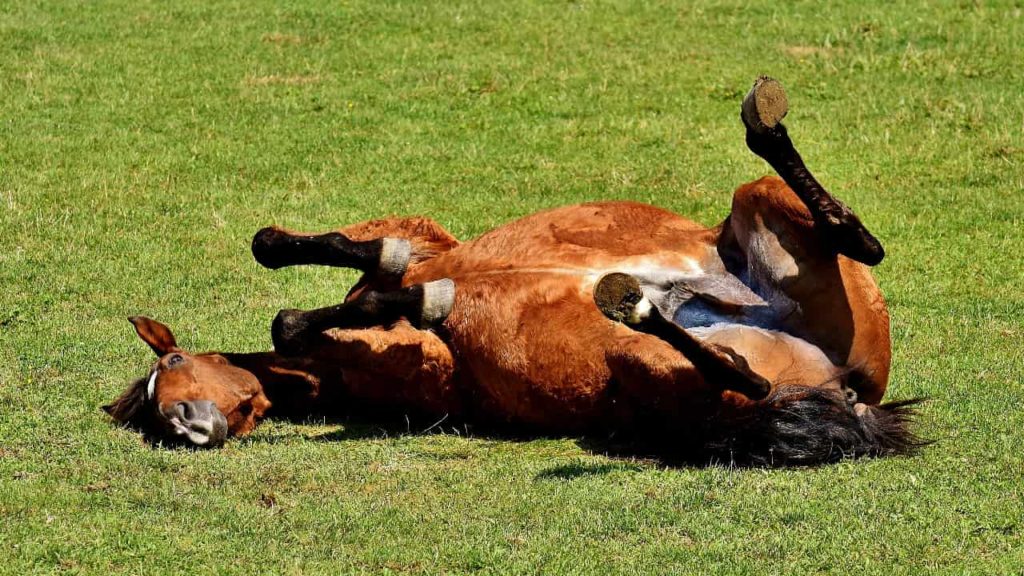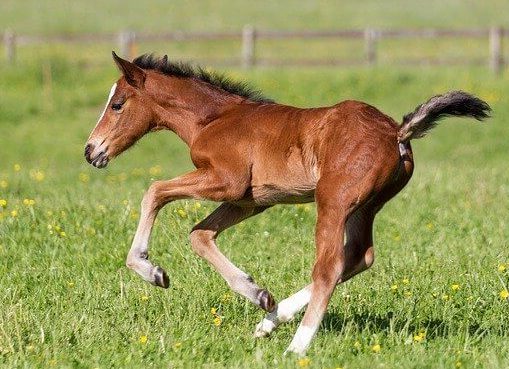Endorsing Troy Frame Construction “Troy’s Do It All Construction” Company – A Trusted Partner for WalkingHorseChat.com’s Community
Article: Endorsing Troy Frame Construction Company – A Trusted Partner for WalkingHorseChat.com’s Community
WalkingHorseChat.com is excited to welcome Troy Frame Construction Company as a new advertiser, and we wholeheartedly endorse their commitment to excellence in the construction industry. With a reputation for quality craftsmanship, innovative project management, and a customer-centric approach, Troy Frame Construction is a perfect fit for our community of equestrian enthusiasts, property owners, and rural developers. Below, we highlight why this company deserves your trust and attention.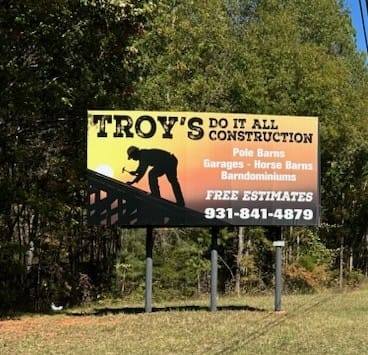
Unmatched Expertise in Construction
Troy Frame Construction has consistently demonstrated expertise across residential, commercial, and specialized projects. Their team combines years of experience with cutting-edge techniques to deliver structures that are both functional and aesthetically pleasing. For instance, their attention to detail in custom barns, stables, and equestrian facilities aligns seamlessly with the needs of WalkingHorseChat.com’s audience, ensuring durability and safety for both animals and owners .
Key strengths include:
- Precision Workmanship: Troy Frame’s projects are known for their flawless execution, from foundational integrity to finishing touches. This mirrors the standards seen in top-tier construction endorsements, where quality and reliability are paramount .
- Adaptability: Whether renovating historic properties or building modern facilities, they tailor solutions to meet client needs, much like the personalized approaches highlighted in recommendation letters for contractors 13.
Commitment to Safety and Compliance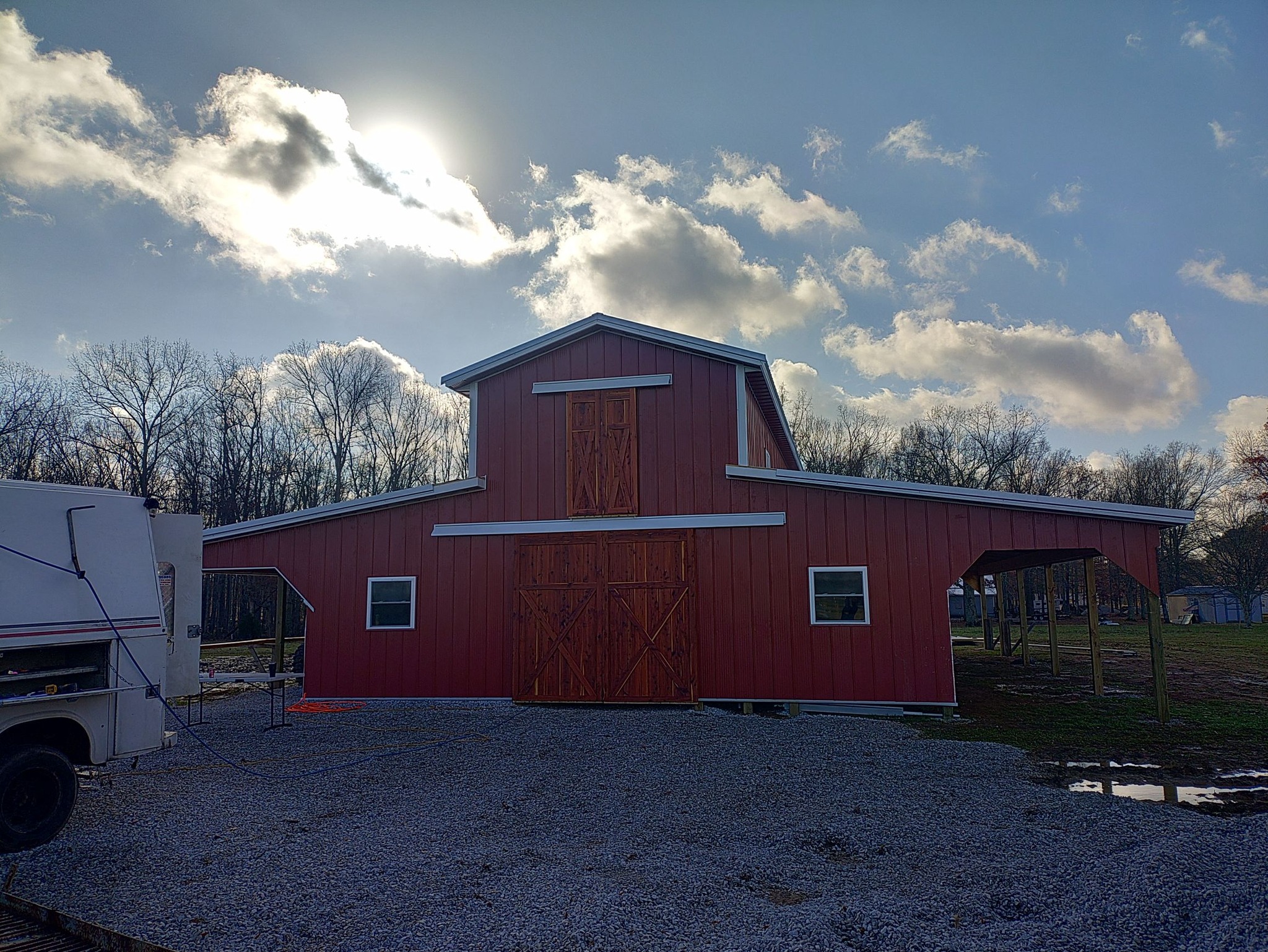
Safety is a cornerstone of Troy Frame’s operations. They adhere strictly to industry regulations and proactively address potential hazards, ensuring projects meet the highest safety standards. This dedication is critical for equestrian facilities, where structural stability directly impacts animal welfare 13. For example, their use of reinforced materials and compliance with zoning laws reflects the best practices outlined in construction endorsement templates .
Exceptional Customer Service
Troy Frame prioritizes client satisfaction through transparent communication and responsiveness. As noted in endorsement guidelines, trust is built when companies maintain open dialogue and deliver on promises 919. Clients praise their ability to:
- Provide regular project updates.
- Address concerns promptly.
- Offer creative solutions to budget or design challenges.
This aligns with the “customer service in construction” template, where reliability and professionalism are emphasized .
Community-Centric Values
Beyond construction, Troy Frame invests in community growth. Their involvement in local initiatives—such as sponsoring equestrian events or advocating for sustainable building practices—resonates with WalkingHorseChat.com’s mission to foster connections within the horse-loving community. This community focus mirrors the ethos of endorsement letters that highlight civic responsibility .
Why Partner with Troy Frame?
- Proven Track Record: Their portfolio showcases diverse projects, from barns to commercial spaces, all completed on time and within budget.
- Ethical Practices: They prioritize eco-friendly materials and fair labor practices, appealing to environmentally conscious clients.
- Digital Presence: Explore their services on Facebook for testimonials, project galleries, and updates.
A Call to Action for WalkingHorseChat.com Readers
If you’re planning a construction project—whether a new stable, a home renovation, or a commercial facility—Troy Frame Construction offers the expertise and integrity to bring your vision to life. Visit their Facebook page to learn more, or contact them directly to discuss your needs. By choosing Troy Frame, you’re not just hiring a contractor; you’re partnering with a team that values quality, safety, and community as much as you do.
Endorsement Conclusion
WalkingHorseChat.com proudly stands behind Troy Frame Construction. Their alignment with our values and their proven excellence make them an ideal advertiser and partner. We encourage our community to support a company that elevates standards in construction while contributing positively to the equestrian world.
For more examples of effective endorsements, explore our references
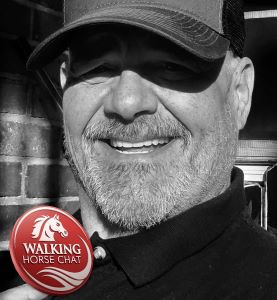
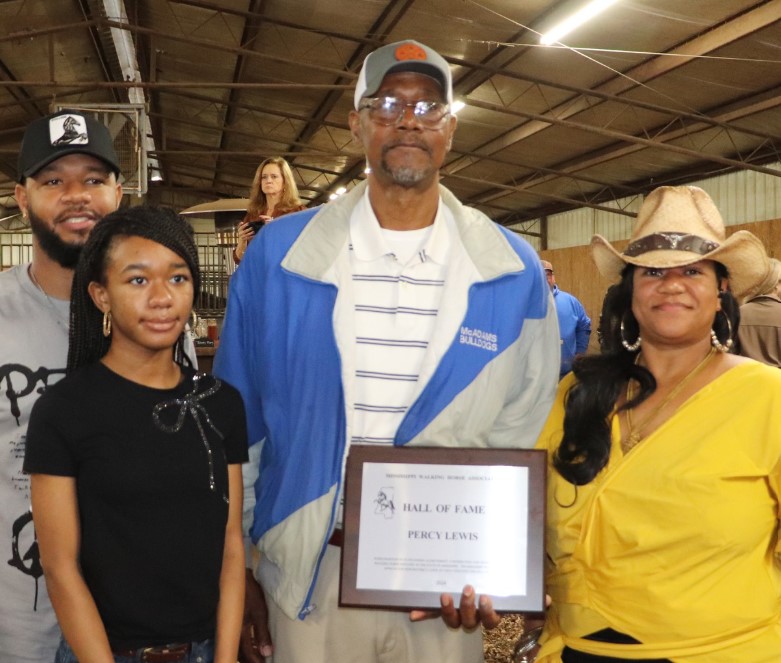 through saddles,” mentoring novices with patience, advocating for ethical horsemanship, and embodying the timeless values of rural Mississippi.
through saddles,” mentoring novices with patience, advocating for ethical horsemanship, and embodying the timeless values of rural Mississippi.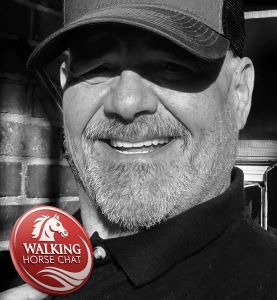
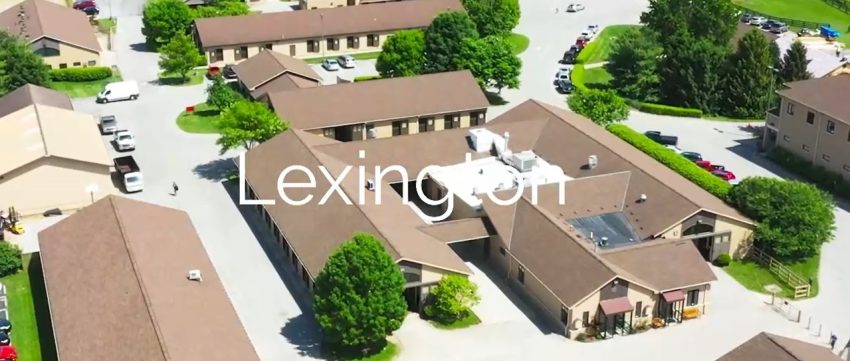
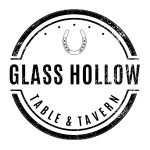 In the heart of Shelbyville, where history whispers through cobblestone streets and the glow of streetlamps casts a golden hue, there lies a sanctuary for lovers: Glass Hollow Table & Tavern. Nestled on the corner of the town’s iconic square, this culinary gem—once the storied Knox Pitts Hardware building—has been reborn as a haven where past and present intertwine. This Valentine’s Day, it invites couples to step into a world where every detail is designed to ignite romance, from its warm, industrial-chic ambiance to its soul-stirring dishes.
In the heart of Shelbyville, where history whispers through cobblestone streets and the glow of streetlamps casts a golden hue, there lies a sanctuary for lovers: Glass Hollow Table & Tavern. Nestled on the corner of the town’s iconic square, this culinary gem—once the storied Knox Pitts Hardware building—has been reborn as a haven where past and present intertwine. This Valentine’s Day, it invites couples to step into a world where every detail is designed to ignite romance, from its warm, industrial-chic ambiance to its soul-stirring dishes.
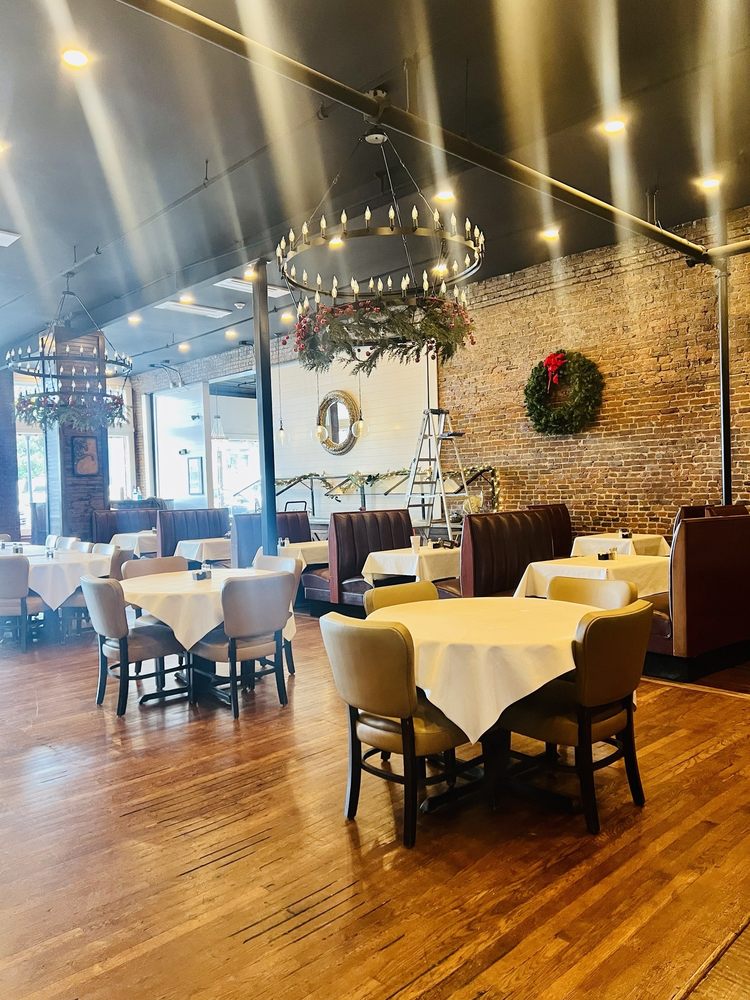 the rib-eye steak, a cut so flawlessly seared, so marbled with flavor, it’s been dubbed “the steak that ruined all other steaks” by smitten regulars. Each bite melts like a promise, paired beautifully with a bold red from their curated wine list.
the rib-eye steak, a cut so flawlessly seared, so marbled with flavor, it’s been dubbed “the steak that ruined all other steaks” by smitten regulars. Each bite melts like a promise, paired beautifully with a bold red from their curated wine list.